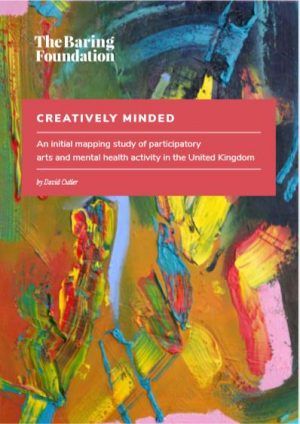In July we opened a call for grant applications and today we have made 87 grant offers as a result. I would like to be very frank in sharing some of our thinking behind this grants round, some of the tough choices that ensued, and what we have learnt along the way.
At the end of 2019, the Baring Foundation completed a decade-long programme of funding for arts and older people (‘creative ageing’) and announced our commitment to a new long term programme of funding for creative activities with people with mental health problems. We are highly aware that we are new to this field and need to learn from others and released a report in February 2020 called Creatively Minded listing 170 organisations active in this field and acknowledging that there are certainly many more. It described a picture of a busy, vibrant, complex, and under-resourced set of organisations.
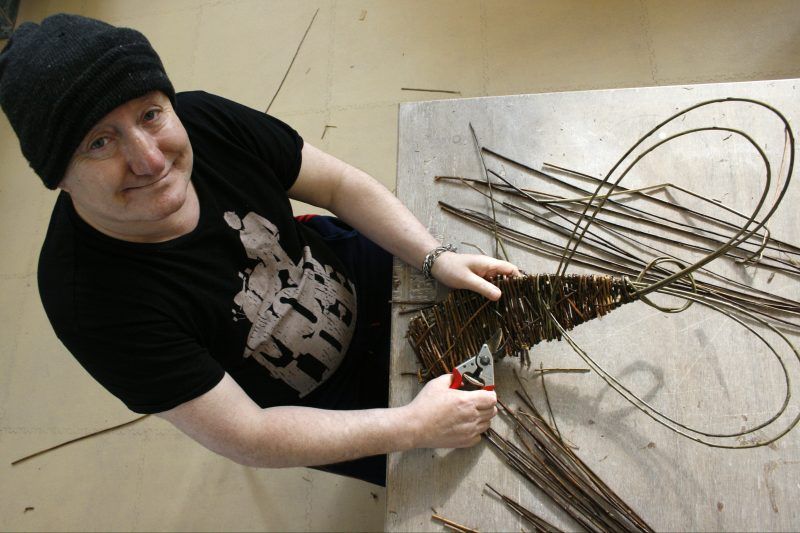
In March, lockdown was announced with its severe consequences for all of society including creative organisations working with people with mental health problems. So how should we start supporting the sector in this situation?
Our funding rounds are often highly competitive with many worthy applicants that we can’t support. Given the strains on the sector we wanted to minimize unsuccessful applications and make the application process as simple as possible while complying with our responsibilities for the due diligence of charitable funds.
So we decided an approach that was unusual for us. Given our limited resources as a small Foundation we committed £900k to be offered in unrestricted grants. The size of this would be determined by demand but our estimate was £12-15k given our research and based on our view that most organisations would find this a worthwhile sum of money.
How then could we limit the number of applications that would allow this approach to work? We decided that it was unarguable that organisations that solely dedicated themselves to creativity with people with mental health problems had an important role to play and therefore to confine our first funding round to them. This is absolutely not meant to imply that this is the only way to engage creatively with people with mental health problems, just that it seemed a sensible place to start our support. This meant we asked for applicants that could meet all four of our eligibility criteria:
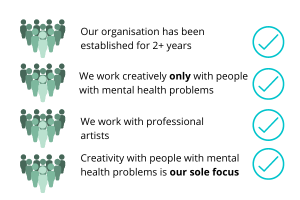
While the round was open we dealt with around 100 inquiries about these criteria. We learnt a lot through this and it confirmed that this is a sector with many different types of delivery and that definitions are rarely clear cut.
We received 129 applications. This was somewhat more than we expected. These were very carefully assessed by staff and then considered by our trustees.
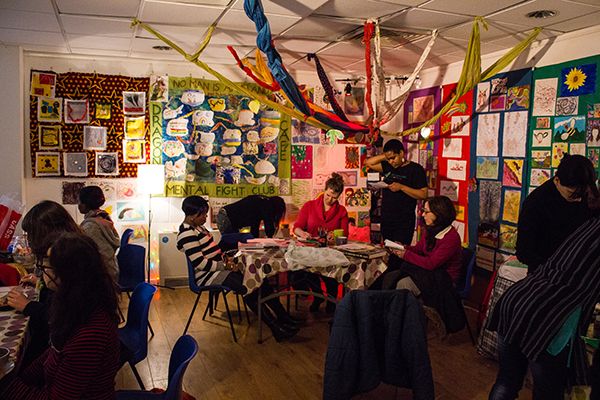
One of the first things we noticed was the slender resources that most applicants were using. Of the 87 grants we made, 40 organisations had incomes under £100k in the last year and 20 under £30k. In these circumstances we decided it was reasonable to reduce the award offered to organisations with incomes under £30k to £8k, while those with an income over this would get a slightly higher award of £12k. We felt that overall 68 applicants could convincingly demonstrate that they were meeting all four of our criteria.
We were then left with a smaller group of 20 applications where to some degree there was a debate that could be had about if they should be in the first category of fully meeting all four criteria. By and large, this was around two issues. Firstly if the offer they were making to the people they were working with extended beyond creative activities. This became a tricky decision about the degree to which creativity was central and predominant in their work. The second complexity was where an organisation was working with a group of people ostensibly identified in a different way, for instance as refugees, but their practice was determined by likelihood of mental health problems in that group.
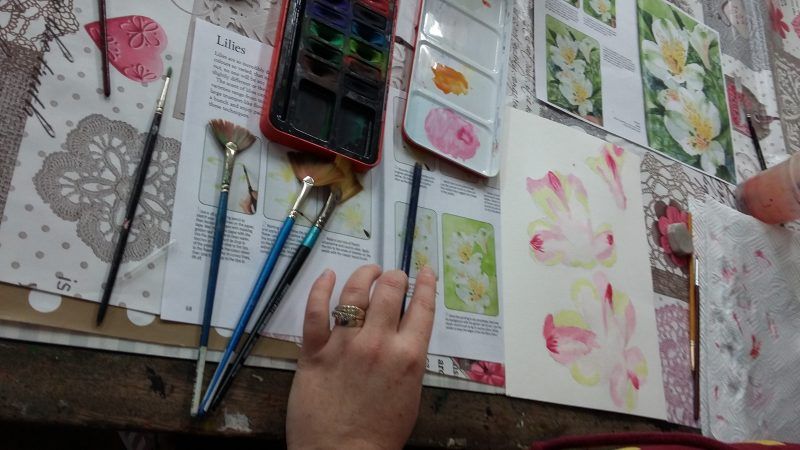
After debate and careful thought, we did decide to award 19 discretionary grants of £8k where we believed they had made out strong cases in this regard. This was a tough decision. Again not because the quality of the work was in any doubt but because we are aware that there are many other organisations which could have applied with similar offers but might have interpreted our criteria more strictly.
There were then 42 applications that we assessed as clearly not meeting one or more of our criteria.
The grants that we have made will be listed shortly on or website but I wanted to make a few initial observations about them. They are very geographically dispersed with a slight over-representation of organisations in England. As I have already said, it is remarkable how much good work is being made on slender resources. As our programme develops we will want to have a clear sense of how the sector is being funded and how to expand, diversify and strengthen this. The second point is how many of the grant recipients were new to us. 40 of them were not mentioned in our initial mapping study (and in addition to these we have also identified a further 40 organisations since lockdown). This is not surprising as organisations are busy delivering their services on small budgets but we believe that there would be value in both a higher profile for creative work with people with mental health problems and for more networking. We will be working on both these issues in coming months.
To the many, many great organisations and initiatives that we were not able to support in this first round I would like to emphasise that we want to be funding in this area for a long time. Our funding approach will definitely evolve as we go along and I hope that we will be able to work together in the future. We will announce new funding in 2021 and the best way to keep in touch with developments is to sign up to our arts newsletter here.
David Cutler
